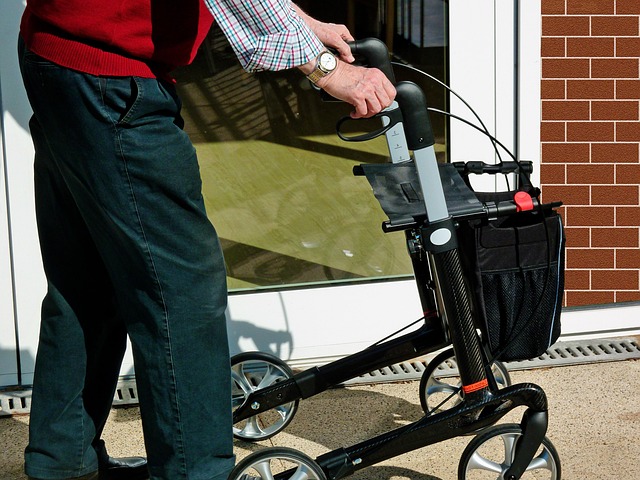Housing Association Flats for Over-60s: Step-by-Step Guide
Securing a housing association flat as a pensioner can unlock affordable, accessible living—but you need to know where to start. This guide walks you through eligibility requirements, how to find and register with your local associations, tips for completing your application and interview, and strategies to stay proactive throughout the waiting period. With clear advice on documentation, follow-up and alternative options, you’ll be well-equipped to land the right home for your retirement years.

Housing associations across the UK manage thousands of properties specifically allocated for older residents, offering an important housing solution for those seeking affordable, age-appropriate accommodation. These flats typically feature accessible design elements and are located within communities that cater to the specific needs of residents aged 60 and above.
Understanding Age and Income Requirements
Eligibility for housing association flats begins with meeting specific age criteria, typically requiring applicants to be 60 years or older, though some associations set the threshold at 55. Income requirements vary significantly between different housing associations, but most operate means-testing to ensure properties reach those most in need. Your household income, savings, and existing assets will be assessed against local thresholds. Many associations prioritise applicants receiving pension credit, housing benefit, or other qualifying benefits. It’s essential to gather comprehensive financial documentation, including pension statements, benefit letters, and bank statements covering the previous three months.
Local Connection and Priority Assessment
Housing associations typically require applicants to demonstrate a local connection to the area where they’re applying. This connection might include current residence, previous long-term residence, family ties, or employment history in the locality. Priority systems rank applicants based on housing need, with highest priority often given to those who are homeless, living in overcrowded conditions, or facing imminent eviction. Medical needs, relationship breakdown, and unsuitable current accommodation also influence priority rankings. Some associations operate choice-based letting systems where eligible applicants bid on available properties, while others maintain traditional waiting lists with direct offers.
Completing the Application Process
The application process begins with registering on your local authority’s housing register or directly with individual housing associations. Most applications can be completed online, though paper forms remain available for those who prefer them. You’ll need to provide extensive documentation including proof of identity, income verification, medical evidence if claiming priority for health reasons, and references from previous landlords. Supporting letters from healthcare professionals, social workers, or family members can strengthen applications where special circumstances apply. Regular updates to your application ensure your details remain current, and many associations require annual reviews to maintain active status.
Health and Accessibility Considerations
Housing associations recognise that older residents often require specific accessibility features and may prioritise applicants with documented health needs. Properties designed for older residents typically include level access, wider doorways, accessible bathrooms, and emergency alarm systems. When applying, clearly document any mobility issues, chronic health conditions, or care needs that affect your housing requirements. Occupational therapy assessments can provide valuable supporting evidence for accessibility needs. Many associations work closely with adult social care teams to ensure appropriate housing matches for applicants with complex health requirements.
| Housing Association | Property Types | Weekly Rent Range | Key Features |
|---|---|---|---|
| Anchor Hanover | 1-2 bed flats | £80-£150 | 24/7 support, communal facilities |
| Sanctuary Housing | Studio-2 bed | £75-£140 | Accessible design, alarm systems |
| Places for People | 1-2 bed apartments | £85-£160 | Modern facilities, community spaces |
| Clarion Housing | Sheltered flats | £70-£135 | On-site support, garden areas |
Prices, rates, or cost estimates mentioned in this article are based on the latest available information but may change over time. Independent research is advised before making financial decisions.
Alternative Housing Options
If housing association accommodation isn’t immediately available, several alternative options exist for older residents. Shared ownership schemes allow partial property purchase with reduced mortgage requirements, making homeownership more accessible. Private retirement developments offer purpose-built accommodation with varying levels of support and care. Council housing remains available through the same application processes, often with shorter waiting times in some areas. Extra care housing provides independent living with on-site care services, bridging the gap between standard housing and residential care. Some older residents also consider downsizing within the private rental market, particularly where housing benefit covers rental costs.
Securing appropriate housing in later life requires patience and persistence, but housing association flats provide valuable opportunities for affordable, suitable accommodation. Success often depends on understanding local systems, maintaining accurate applications, and exploring all available options while waiting for suitable properties to become available.




